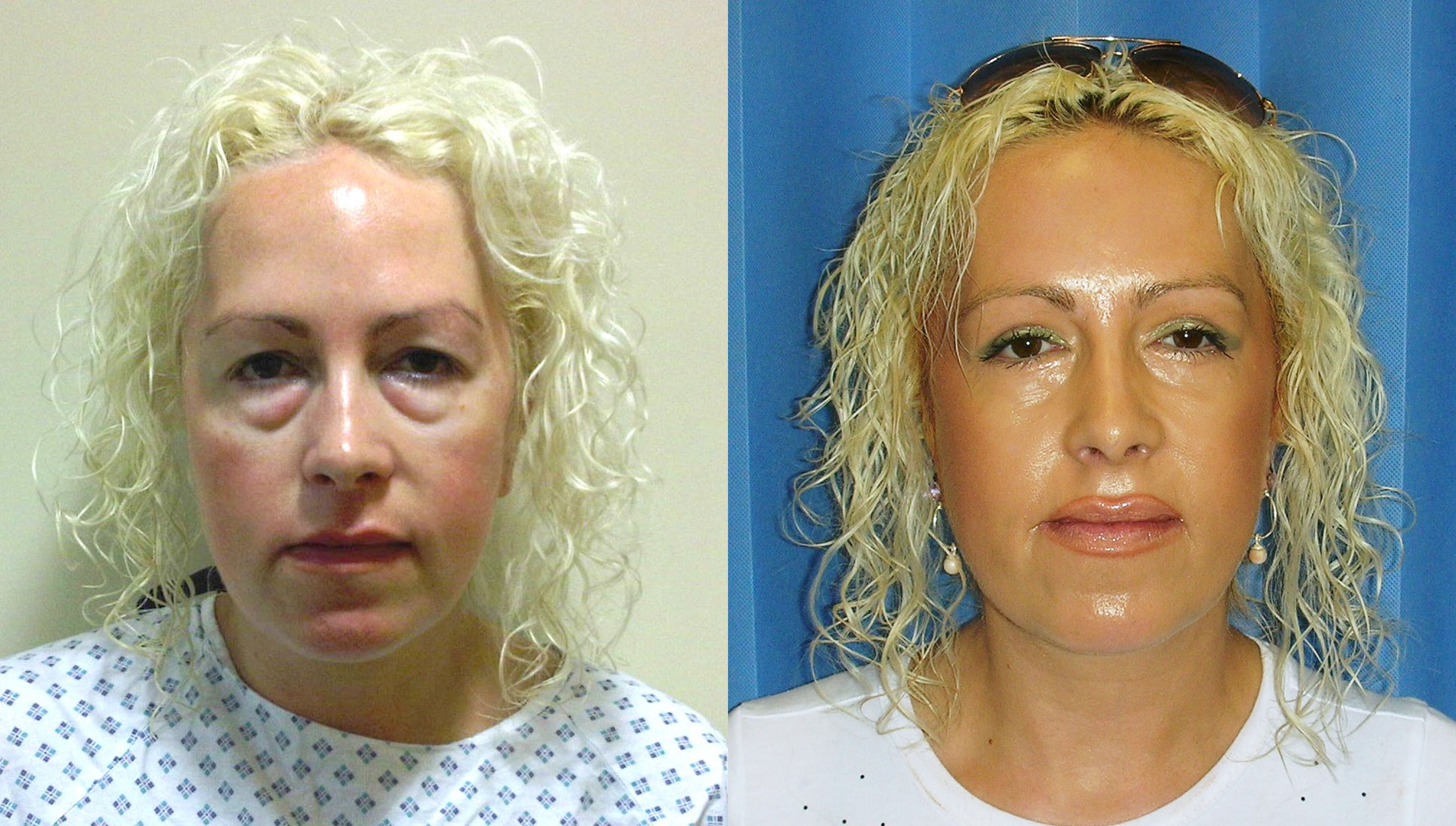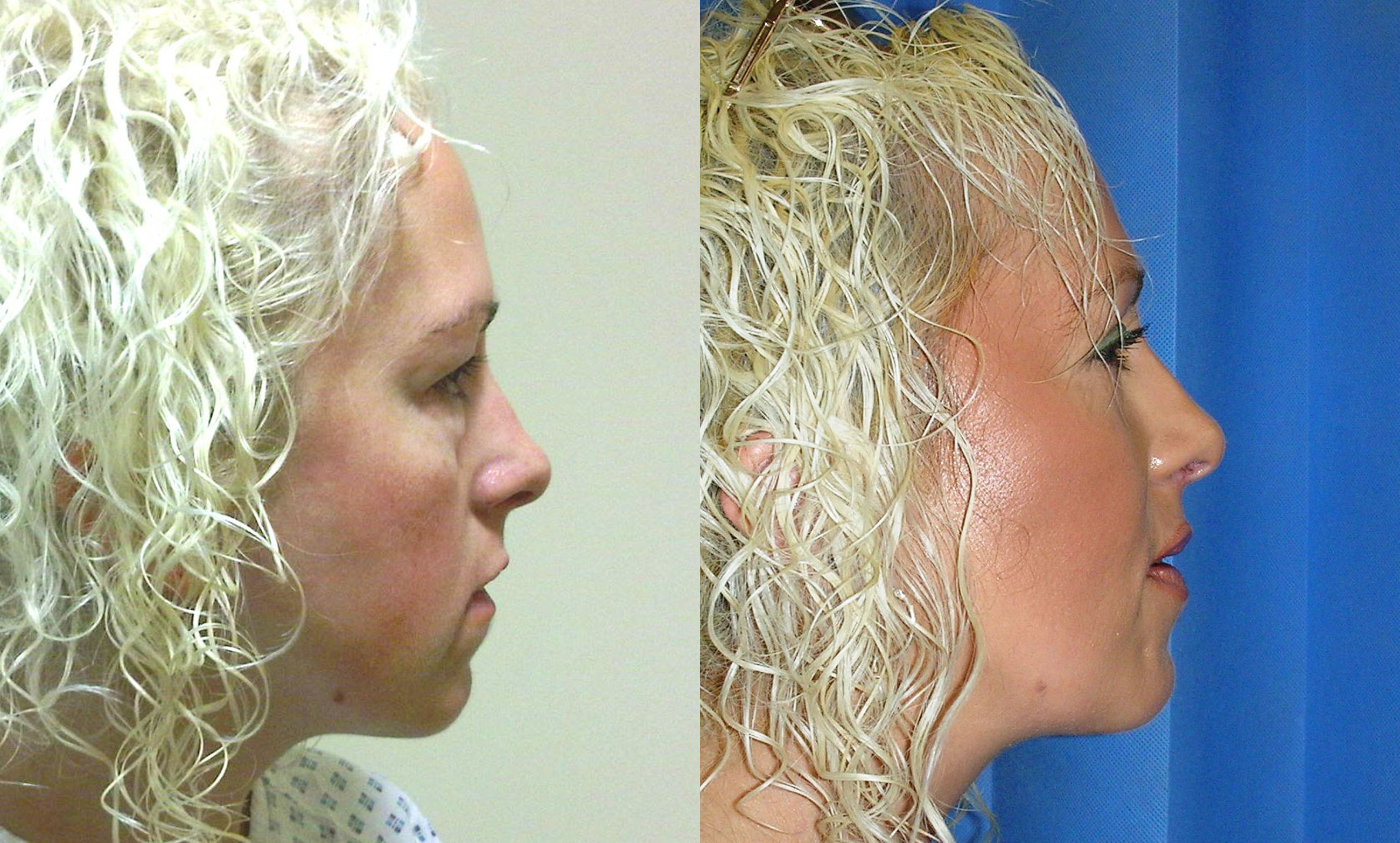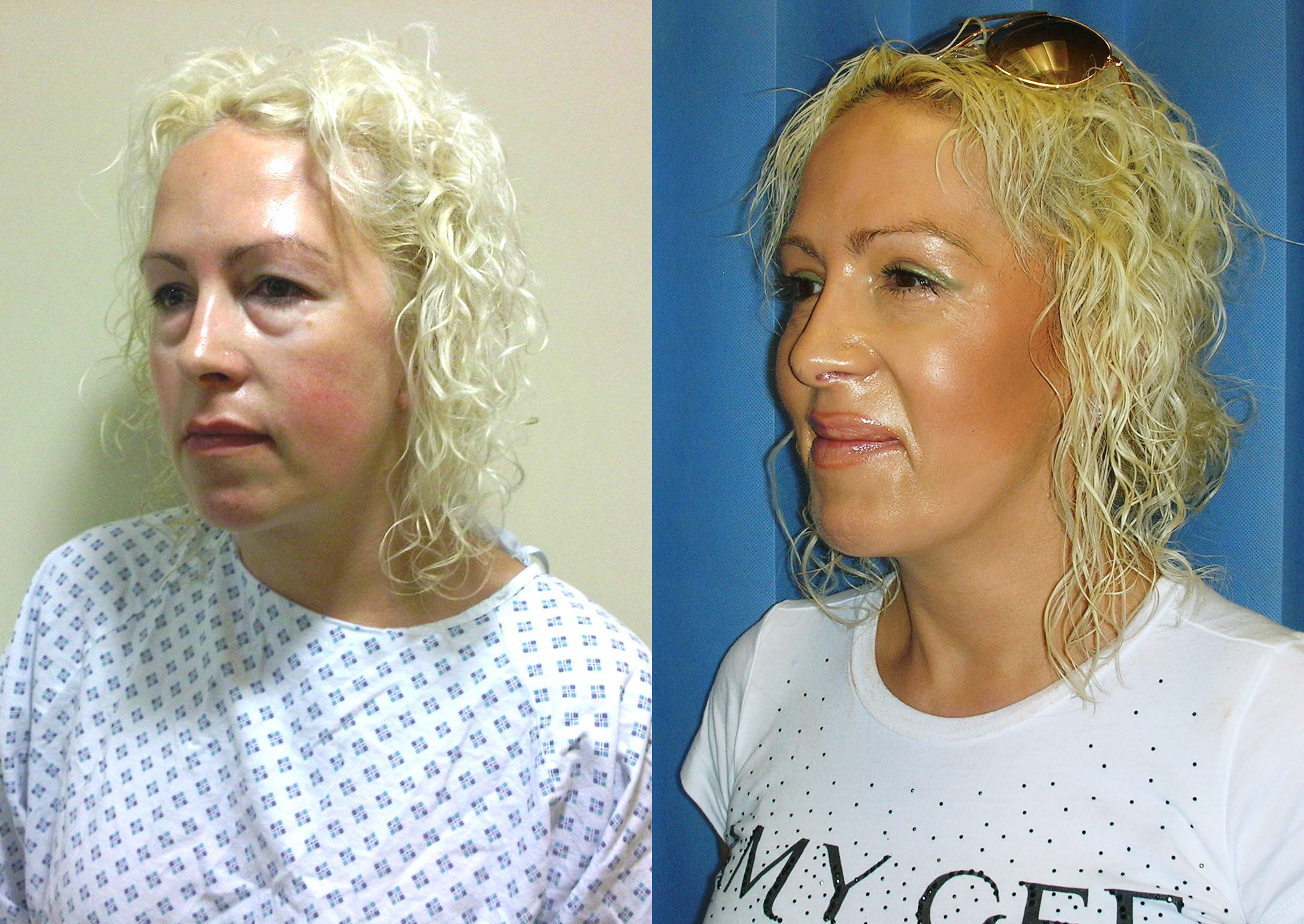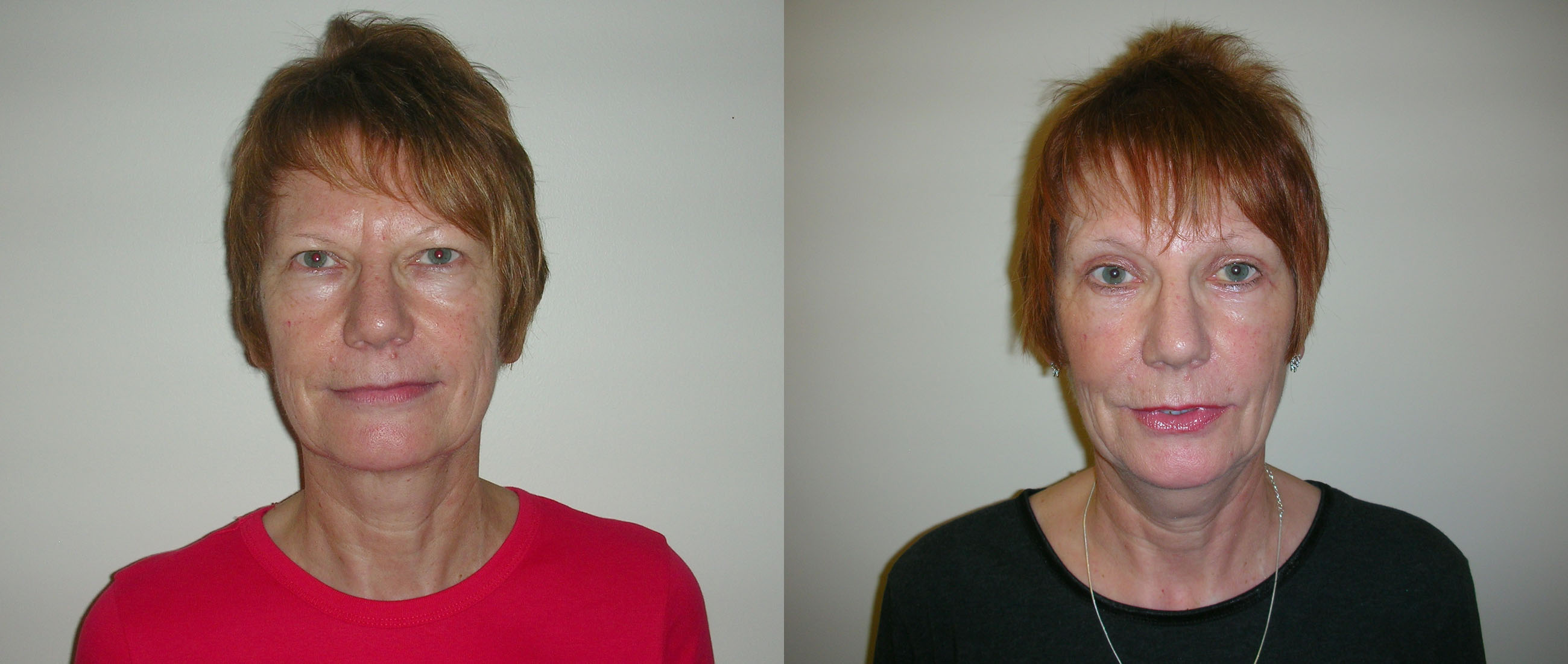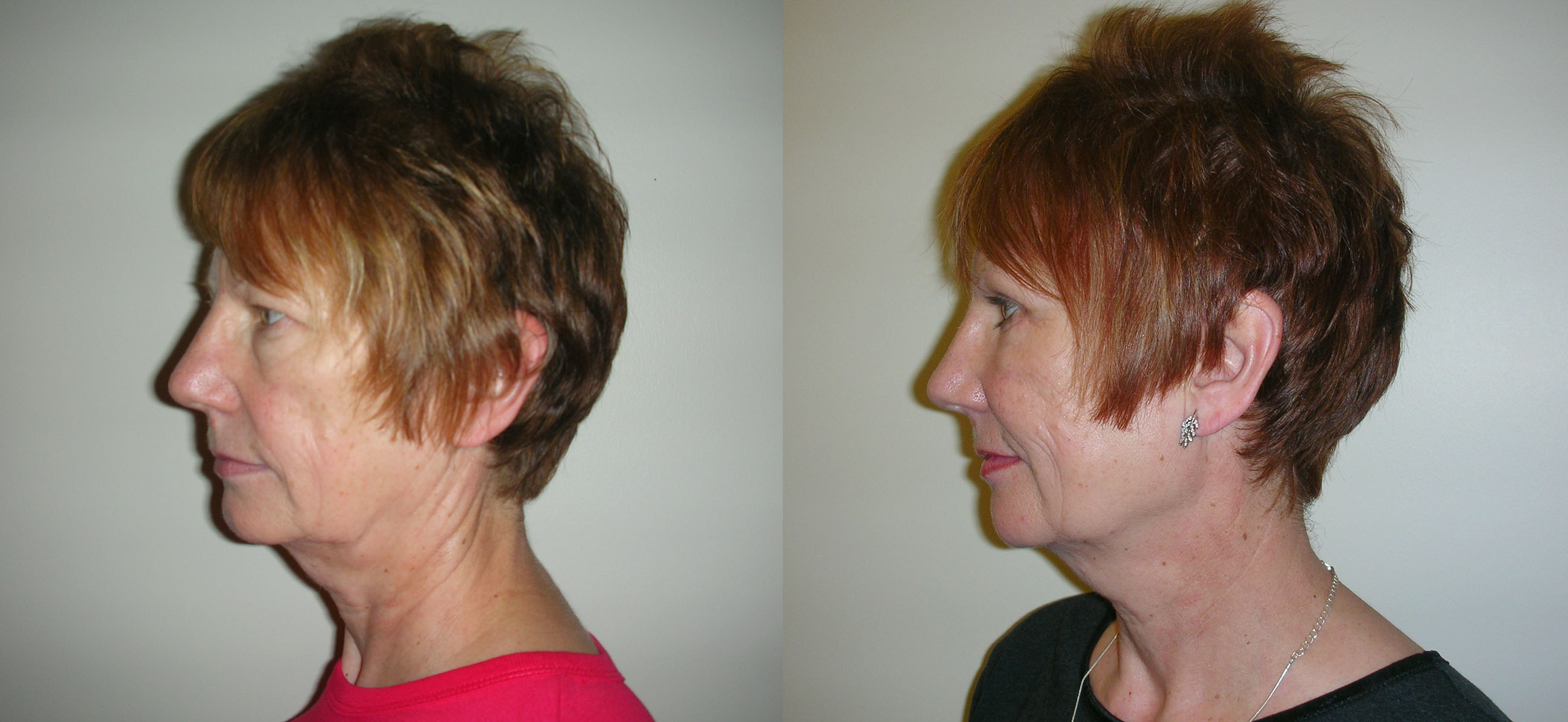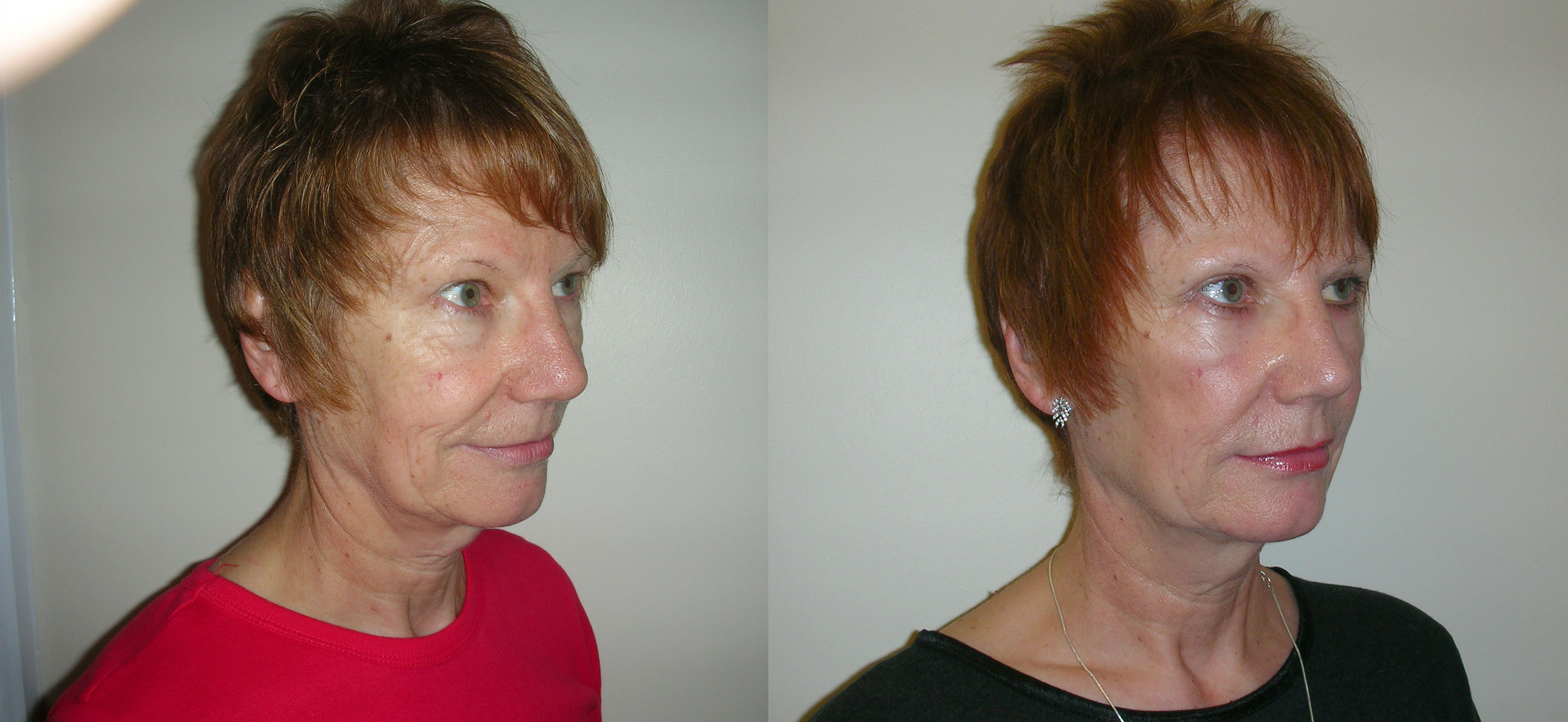Risks and limits of surgery
How long will it take before i can go out and about without people knowing that i have had blepharoplasties?
This is one of the commonest questions my patients ask and it depends on the extent of the work and also varies considerably from individual to individual. As a general guide;
If you are just having your upper eyelids treated, the skin heals and the swelling usually settles within 7-10 days. Bruising may last 7-14 days. Upper eyelid scars will be red initially and then gradually fade but are usually very well hidden in the eyeld groove (upper tarsal fold).
If you are having surgery to the lower eyelids, you should allow longer – usually 4 wees or more. Although the skin heals, swelling can persist for some time and this makes the lower eyelid scar more visible. After your operation I will demonstrate how to massage your lower eyelids to speed up the resolution of swelling.
I suffer from dry eyes, will this be a problem?
One of the problems that can follow lower eyelid surgery is irritation of the eyes and certain conditions would predispose you to this. It is very important therefore that you let me know about any eye problems in advance such as glaucoma, thyroid disease and diabetic retinopathy. In addition, you should mention any tendency to dry eyes or alternatively “runny” eye conditions such as hayfever.
This does not mean that your surgery will not be carried out, but allows us to take appropriate steps to try to reduce post-operative problems and ensure that you are prepared and understand the likelihood of these problems.
Do i have to stop smoking?
Yes. You will be advised to stop smoking which causes irritation of the eye membranes and damages the elasticity of the eyelids. Persisting with smoking can also affect healing and is likely to prolong swelling.
Smoking also puts you at a higher risk of other complications which I will discuss at your consultation.
What are the risks?
Like any operation blepharoplasty carries some risks. These will be discussed with you in detail at your consultation with me.
Some medication that you take can affect the tendency to bleed and this includes drugs of the aspirin family and anti-coagulants in general. It is important that you bring all these to my attention at your consultation.
Where are the scars?
Unless the approach is taken from the inside of the eyelid, there will be a scar that runs parallel and close to the lower eyelid margin extending outwards in the line of normal skin creases to a variable extent. In the upper eyelid the incision follows the line of the main upper eyelid fold.
On removal of the stiches the scars will be fine lines, which will usually gradually turn reddish in colour, followed by fading over the ensuing weeks or months.
When can i wear make-up?
Once the wounds are healed (usually 5 to 10 days) make-up can be applied to these areas. It is important that you use new, fresh make-up as old make-up can harbour bacteria. It is also important that any make-up, which is applied, is of very low irritancy and hypoallergenic products are best for this purpose.
Is it painful?
Pain is rarely severe following eyelid surgery and indeed severe pain may signify a problem. Therefore, although patients are supplied with painkillers, many find they do not require anything more than the occasional paracetamol after eyelid surgery.
Will i swell and bruise?
Bruising and swelling are common after eyelid surgery and this is not necessarily restricted to the eyelids as blood and fluid tend to track into other parts of the face. Appearances in some patients are minimal and in others quite dramatic. Usually bruising and swelling reaches a peak in the first 24 hours and you may wake to find that your eyes are almost closed. This will usually settle down in the next few days.
You will be asked to take things gently during the day and to sleep with your head on 2-3 pillows at night to help reduce swelling and bruising. It is important that you do not carry out any activities that raise your blood pressure too much as this can precipitate bleeding (see below). It is however normal to get a small amount of oozing from the wound edges for the first 24-48 hours.
Can i wear my glasses or contacts?
Patients who wear glasses are usually encouraged to wear these within a day or so after surgery and indeed dark glasses may be helpful in making the eyes more comfortable. Patients who wear contact lenses should not wear them until the eyes have settled which can take several days to a few weeks.
Aftercare
Eyelid lifting or blepharoplasty (also known as eye-bag removal) is a procedure in which excess skin, fat and muscle are trimmed and repositioned from the upper and lower eyelids to remove eye bags and improve wrinkles.
Whilst this can greatly improve eyelid wrinkles it will not completely eradicate them. You should see eyelids as analogous to a pair of curtains. A certain amount of material (skin) is needed to preserve closure and when drawn back this material (except in the very young who have very good skin elasticity) will fold up to form some wrinkles and creases. Total removal of these wrinkles and creases would prevent eyelid closure, which would be damaging to the eye.
There is a small group of patients who are born with a tendency to develop lower eye-bags at an early age and typically these are present in the late teens to twenties. Such patients often have parents and siblings similarly affected. In these patients and those with minimal skin and muscle excess , the operation can be carried out from the inside of the eyelid (transconjunctival blepharoplasty). This avoids external scars.
It is important to be aware that blepharoplasty has important limitations:
It does not improve the position or the quality of the skin in areas that are outside the immediate eyelid area. This is particularly important for patients who have marked laughter lines or malar bags (heavy bags that lie immediately below the eyelids). These problems require alternative procedures which I will discuss with you at consultation if required.
In addition, in some patients crowding of the upper eyelid area is in part due to drooping of the brow so that maximum correction of the upper eyelid cannot be achieved without also carrying out some form of brow lift. For those patients who do not wish to undergo a procedure such as a brow lift, an upper eyelid lift may often still allow significant improvement.
At your consultation I will take your general medical history and ask you about your vision and any eye problems.
I will examine the condition of your face in general, concentrating on the position of the brow in relation to the eyelids, the amount of excess skin, fat and muscle in the eyelid area, the presence of bags due to changes in the mid face and the condition of the skin and supporting structures of the eyelids.
After this assessment I will discuss the findings with you and together we will form the right surgical plan to achieve your aims. In some patients eyelid lifting is the sole procedure, in others it is part of a programme of anti-aging treatments that includes face/neck lifting, brow lifting, fat transfer, Botox and platelet rich plasma.
Where the problem is restricted to the upper eyelids, upper blepharoplasty alone can be carried out. This can usually be carried out under local anaesthetic and involves removal of excess skin with a thin strip of excess muscle and if necessary a small amount of fat. I usually carry this out as a daycase and the operation takes around 45 minutes.
If your aim is to improve your lower eyelids alone, these can also be treated under local anaesthetic – this may also be carried out as a day case i.e. this does not require an overnight hospital stay, but depending on the work required, I may ask you to stay one night.
This is because it is a little more involved than upper eyelid surgery, as there is more manipulation of the fat of the lower eyelids to improve bags. This operation takes on average 60 to 75 minutes.
If the changes affect both eyelids, which is often the case, then all four eyelids can be treated and this is usually carried out under general anaesthetic.
For a four-eyelid blepharoplasty you will typically be admitted on the day of your surgery, and I will come to see you prior to your operation to mark up your eyelids and to go over any questions that you may have about the procedure. The operation takes around 90 to 120 minutes.
On the day of surgery I will meet you on the ward and go through the surgical plan with you again. If you are being put to sleep my anaesthetist will also see you and to ensure that your anaesthetic is smooth and discomfort minimised.
At the end of the operation some ointment is applied to the eyelid wounds and you will be supplied this to use at home. You may note that your eyes are a little blurry if an ointment has been used to keep your eyes moist during surgery, but this clears with simple eye rinses. You will return to the ward with your head raised on pillows. Once you are fully awake we will encourage you to walk around a little.
I will visit you on the ward again and let you know how your surgery went and go over aftercare with you.
Blepharoplasty is not a typically painful operation but strong painkillers will be available to you as required.
Each patient will have a recovery plan tailored to their situation, but as a general guide:
If you are having your upper eyelids alone treated you will be able to go home on the day of surgery. If I have operated on your lower eyelid I will typically keep you in for 1 night.
You should try to keep your head elevated by sleeping on an extra pillow.
You may wet the area with running water and you may shower although I recommend that you use liquid baby soap out of a dispenser until your incisions are healed so as not to irritate your eyes.
You may apply a thin layer of ointment to your wounds for the first few days for comfort.
You should be able to carry out light work after 7 to 10 days, but work involving comuter screens may irriate your eyes and make them sore.
You may drive short distances after 1 week as long as your vision is completely clear.
I recommend that you restrict exercise to walking in the first 3-4 weeks. Thereafter you may carry out general light exercises and gradually build up to vigorous exercise over the next 3-4 weeks.
I will follow you up within a week to remove your stitches and check your progress.

